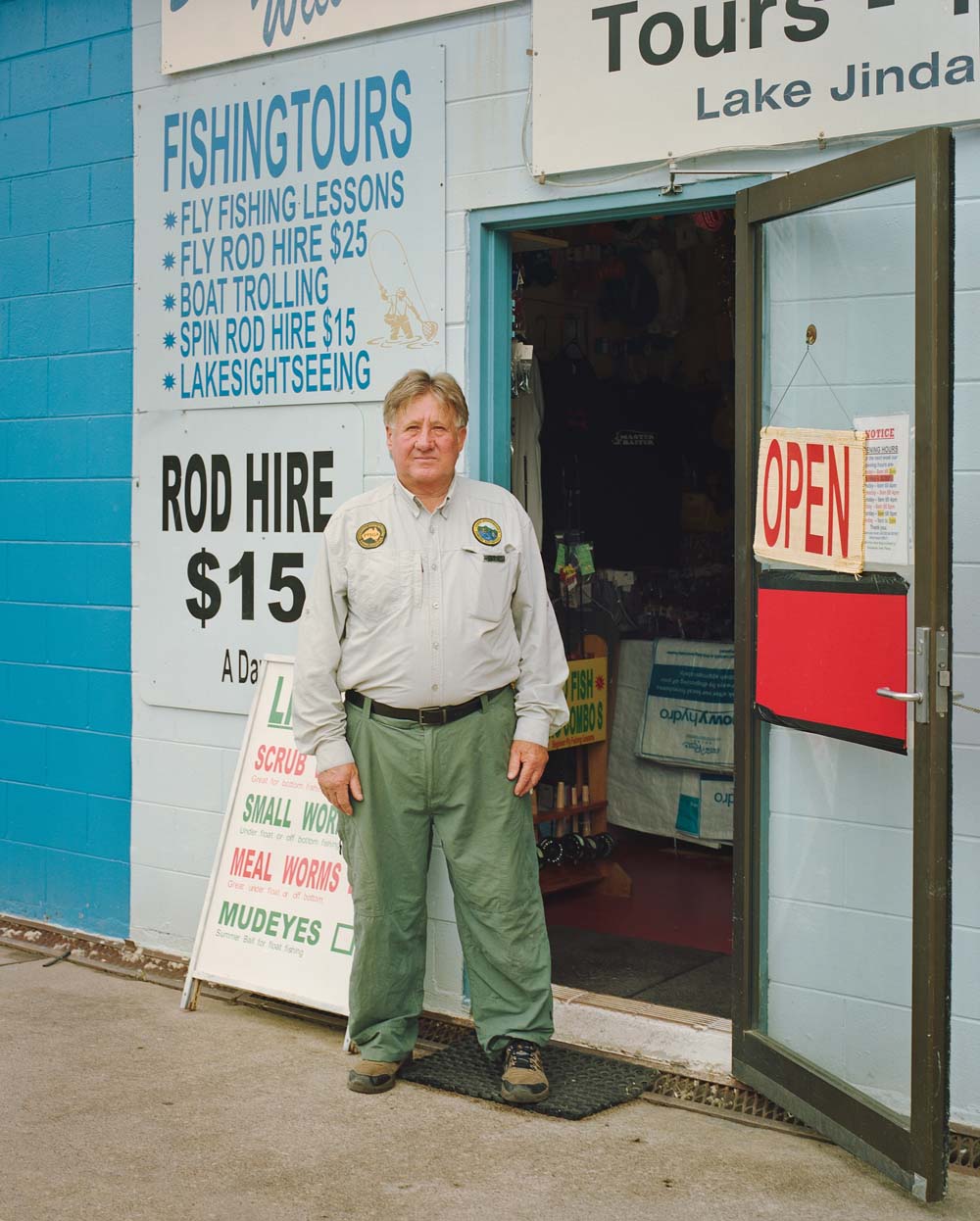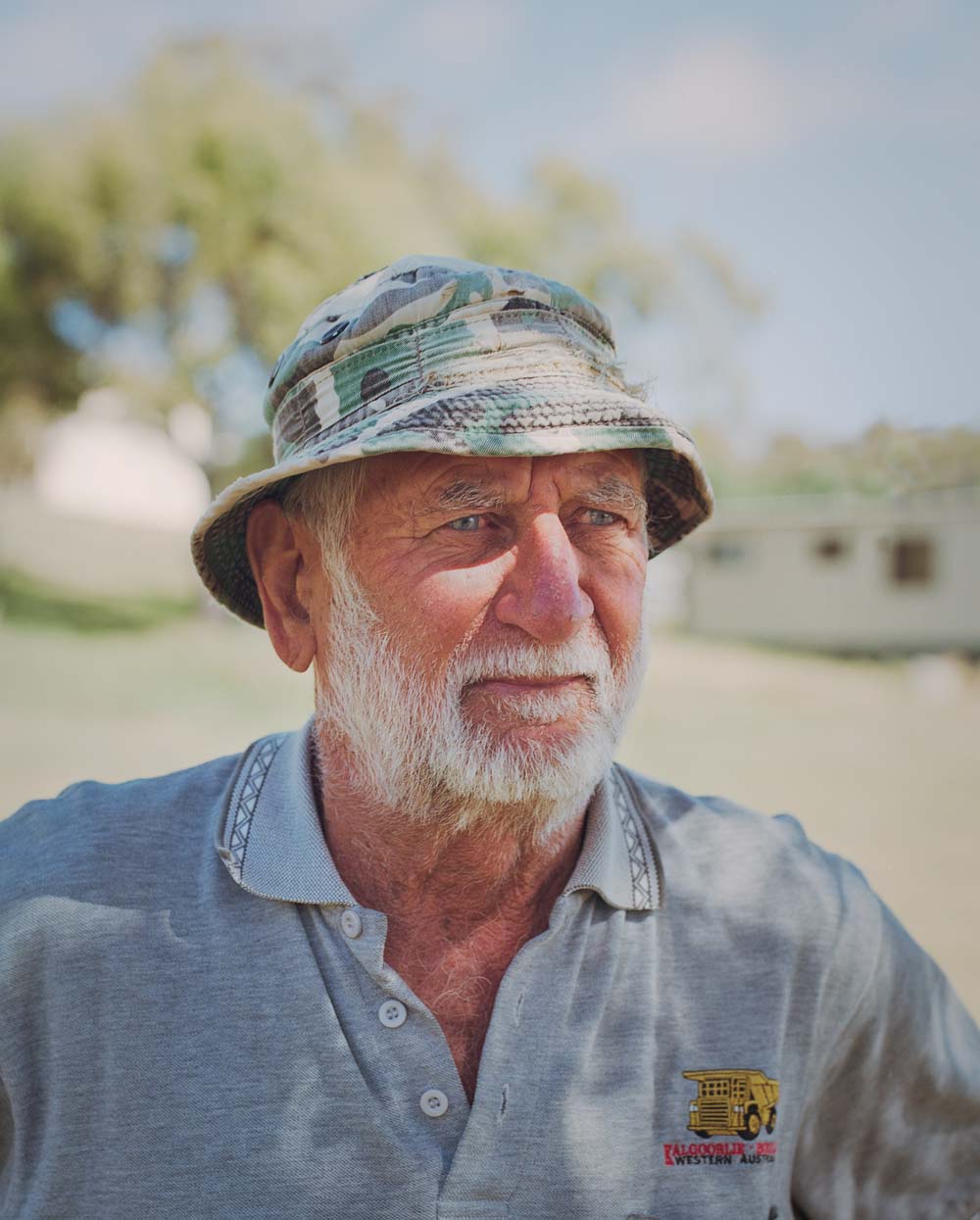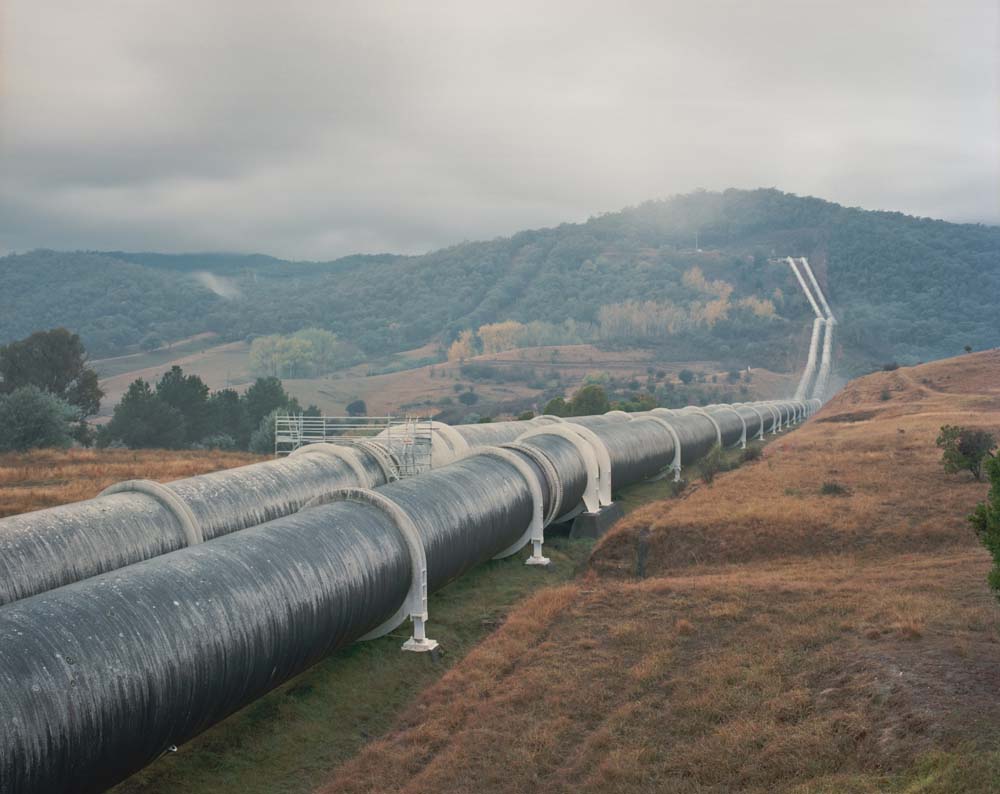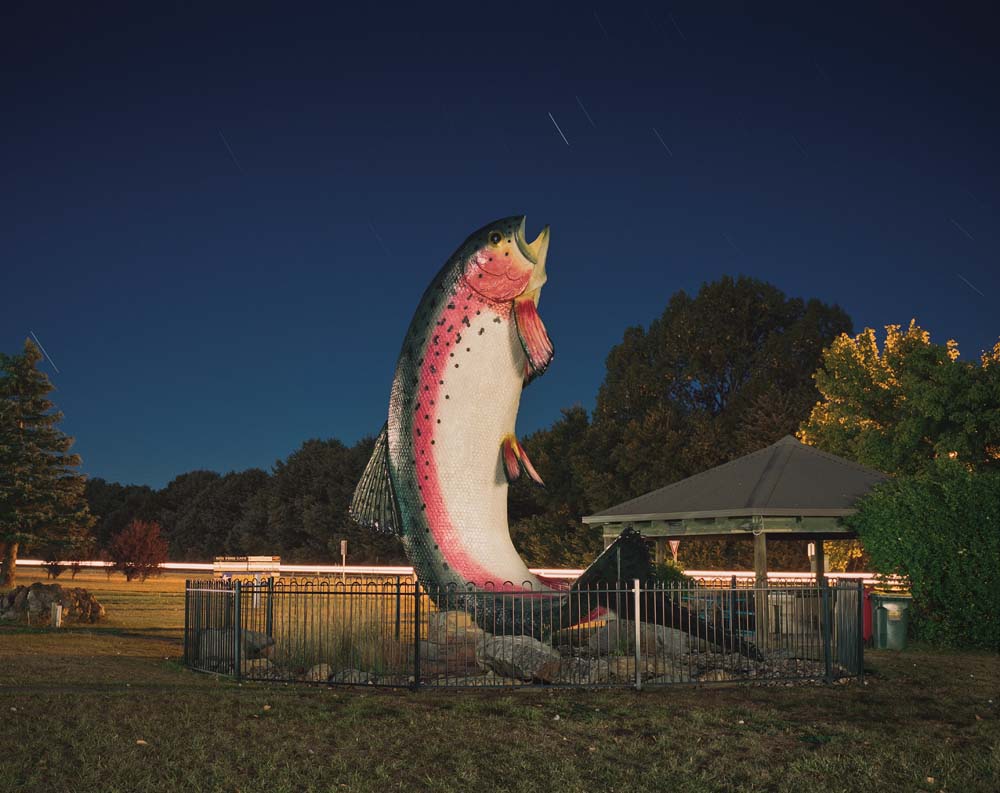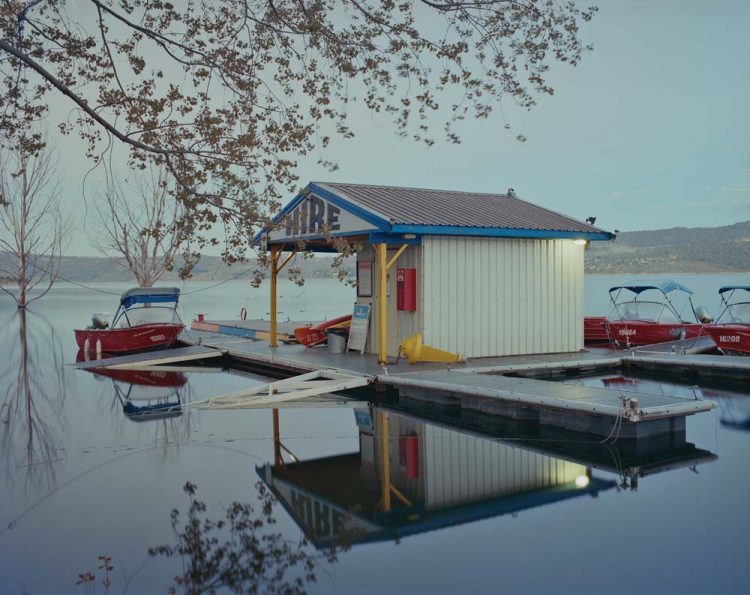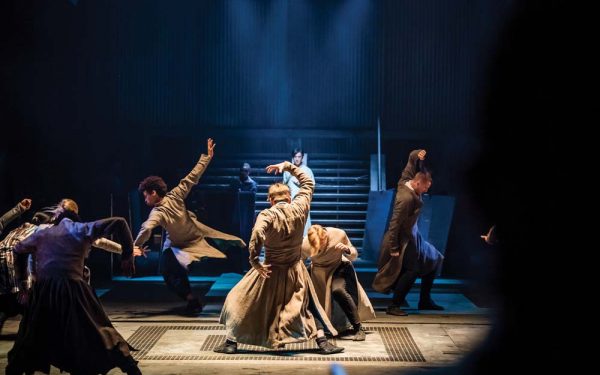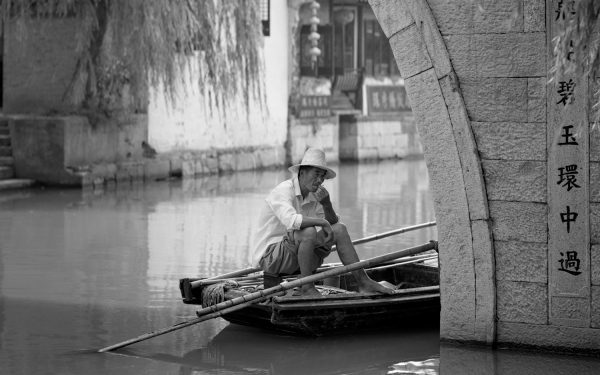“It’s the most significant engineering project in Australia to date,” explains Chris Round of the Snowy Hydro Scheme, a project that started in 1949 to divert water to some of the driest parts of the country. Via a series of tunnels, aqueducts and reservoirs, water from the Snowy Mountain river systems flows through the Great Dividing Range, irrigating inland Australia and creating renewable energy in the form of hydro electricity.
As well as its practical uses, the scheme marked the beginning of a multicultural Australia, whereby thousands of immigrants came here to work on the construction between 1949 and 1972.
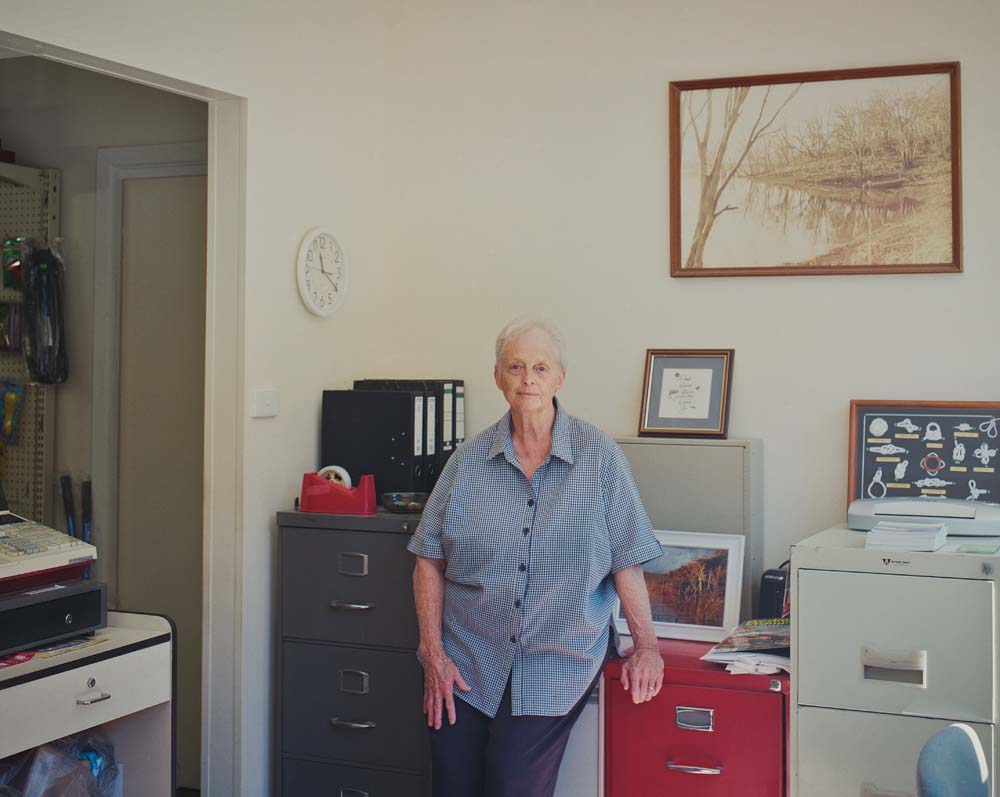
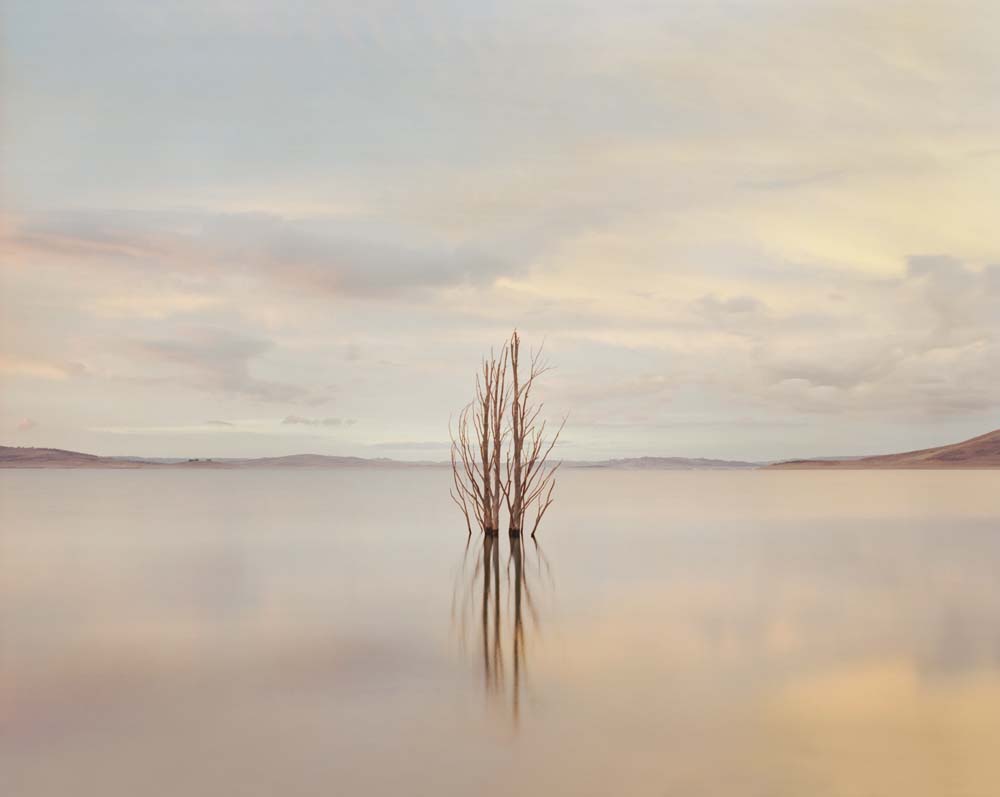
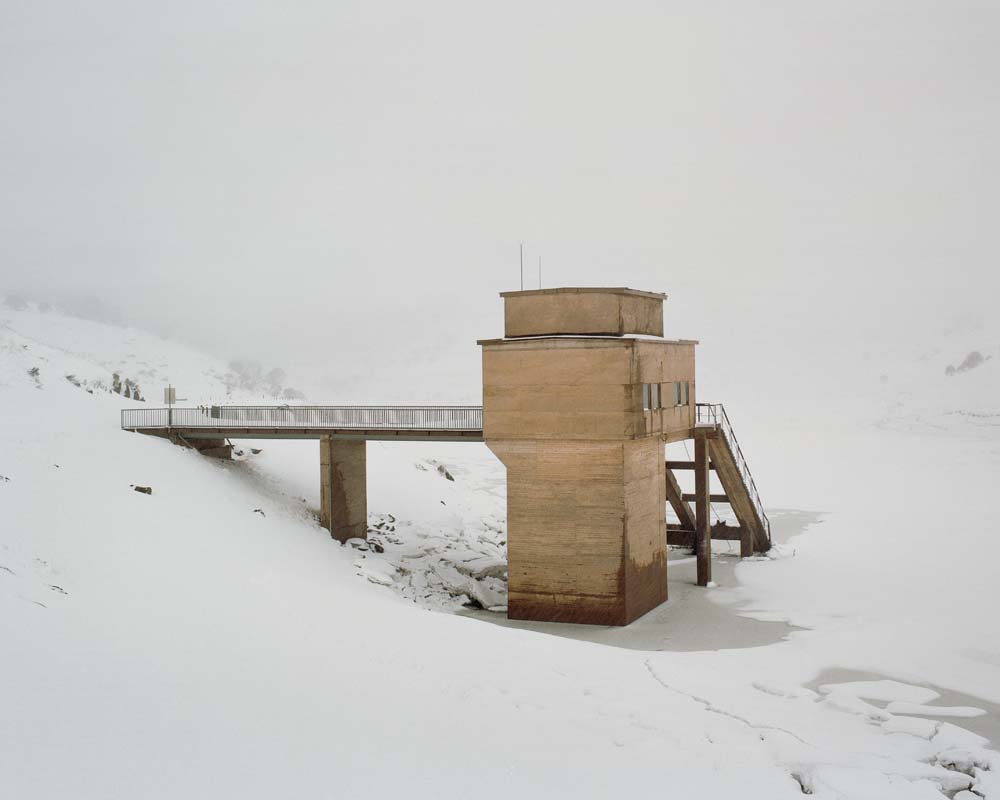
Round, who has seen various images from his essay appear in exhibitions including the Royal Photographic Society and Headon Festival in Sydney, describes the series as “still technically ongoing… I do need to capture a few more images of people in the area.”
With an interest in human-influenced landscapes, the photographer was keen to capture the paradoxical nature of a man-made, industrial project that has encouraged more nature-based activities. “Because it’s located within Kosciuszko National Park many people interact with the scheme both directly and indirectly.
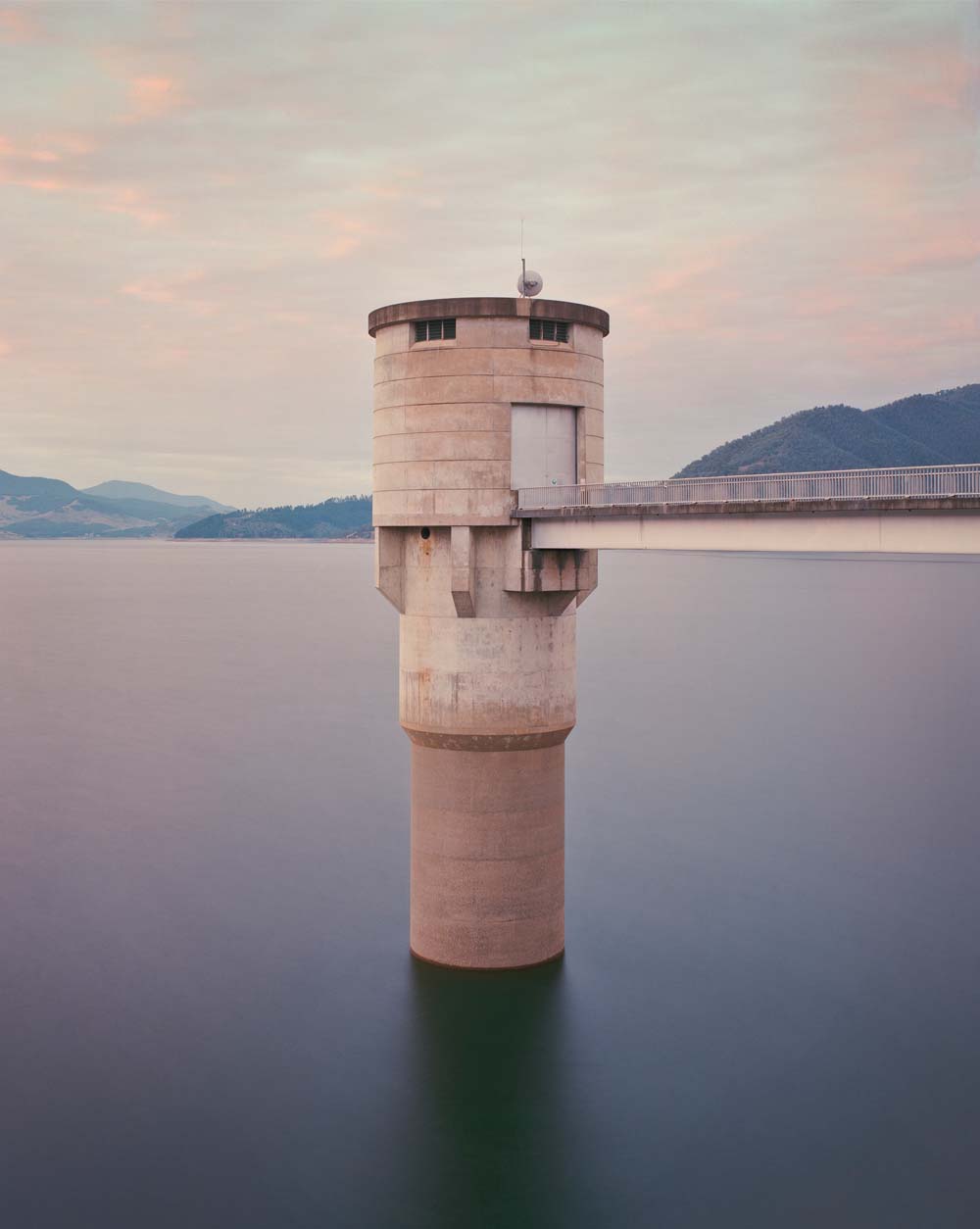
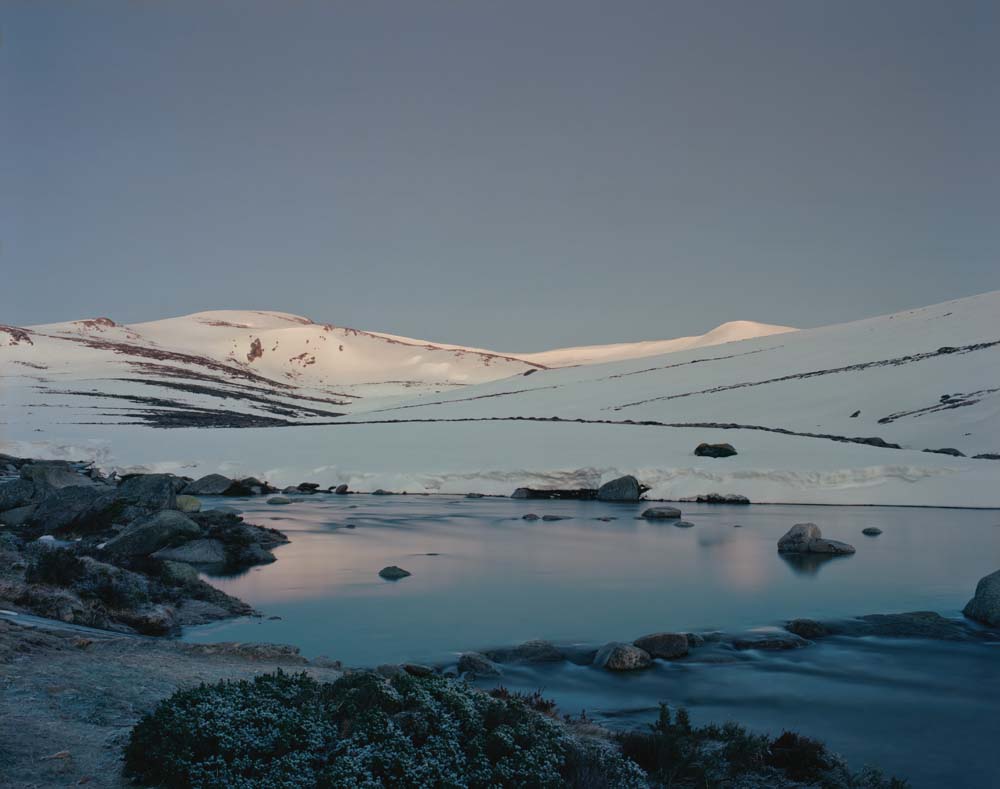
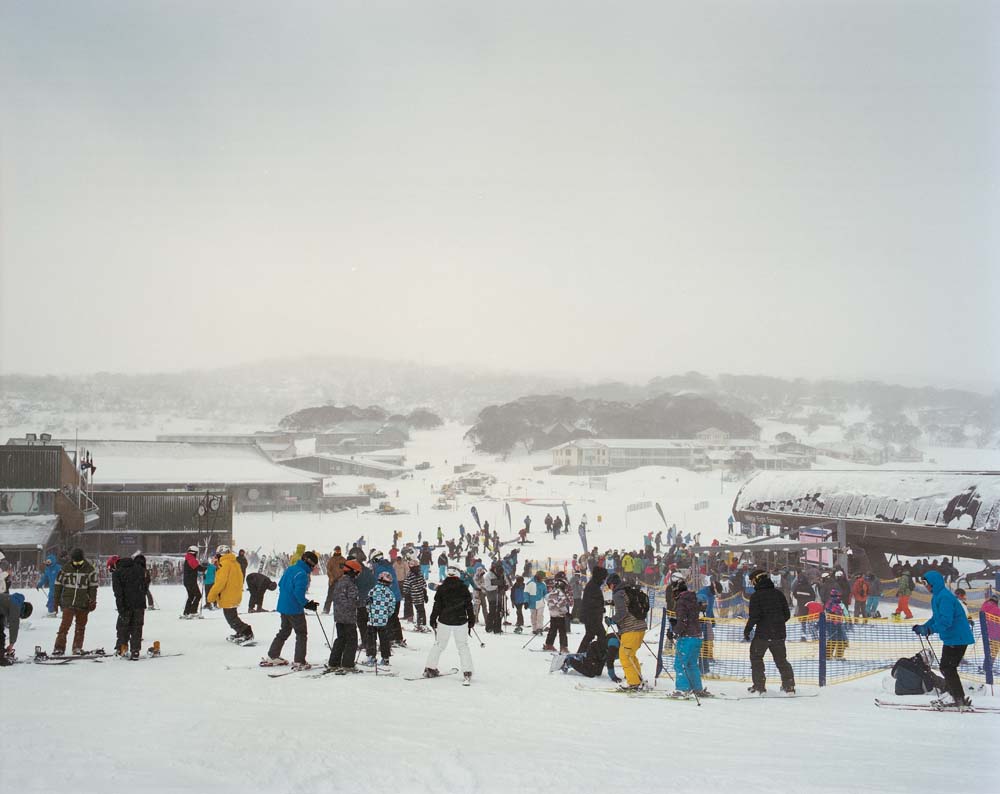
“During its construction a number of vast water storage reservoirs were created – these offer a variety of watersport activities like boating and fishing, water skiing and sailing. The region is also great place for camping and hiking – both in remote areas and also alongside some of those reservoirs.” Round adds that many new roads were built to aid construction of the scheme, opening up access to the mountains for skiing during the winter months. “I guess for anyone visiting the region, the scheme is very much part of the experience – because without it, many of the activities wouldn’t be so readily available.”
Subject to environmental concerns due to reduced water flow in the river systems causing damage to the ecosystems – which has partly been redressed – the scheme, says Round, has mostly been a positive thing for inland Australia.
“From a photographic execution point of view, it’s about being objective. But at the same time I can’t help but be fascinated with the visual contrasts that the epic structures within the environment offer up. It was always going to be important to explore other aspects of the region to tell the whole story – local scenes, recreational activity, small details and other quirks. I think that having all these different subjects together helps explain what the region is about.”
